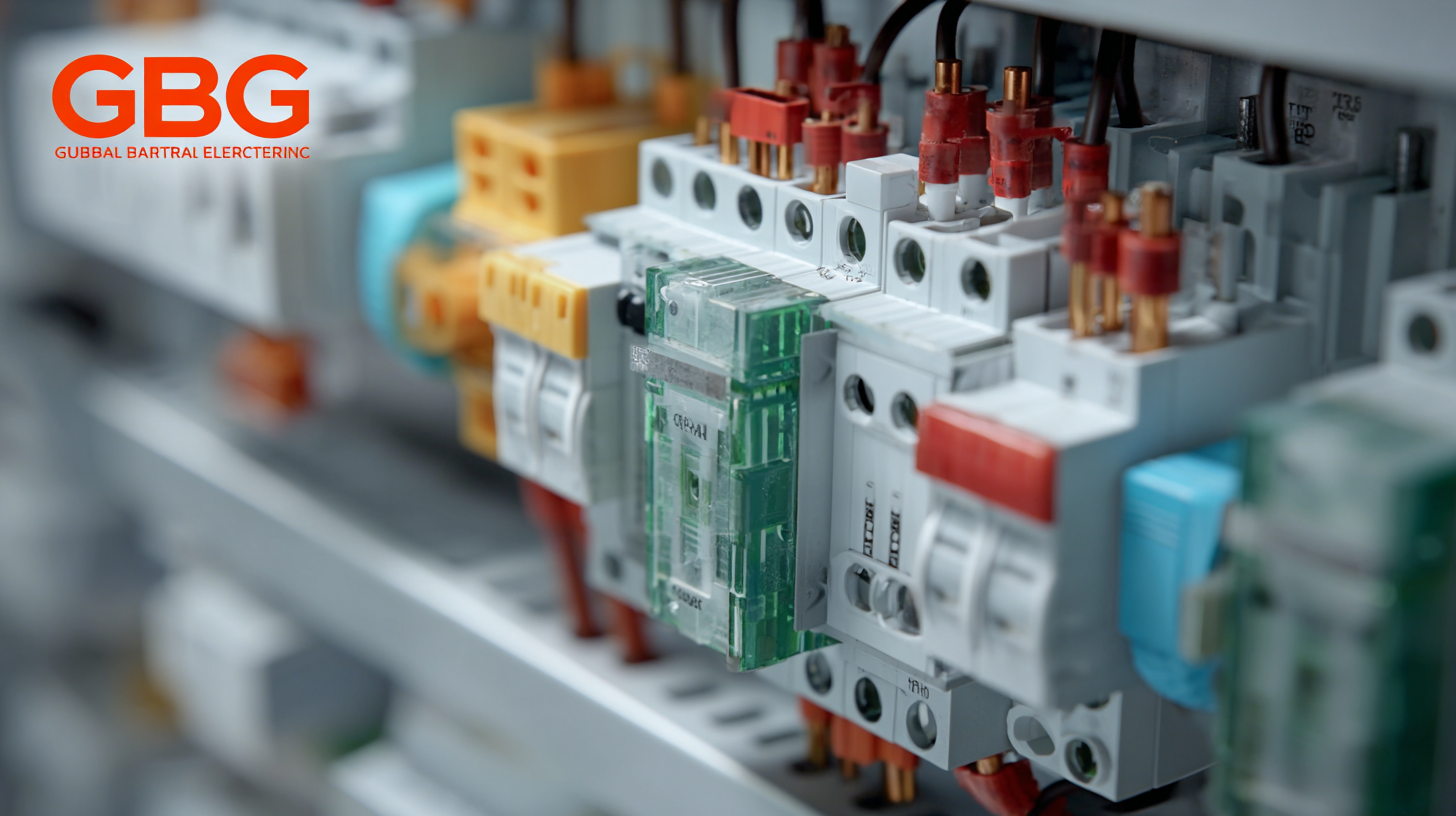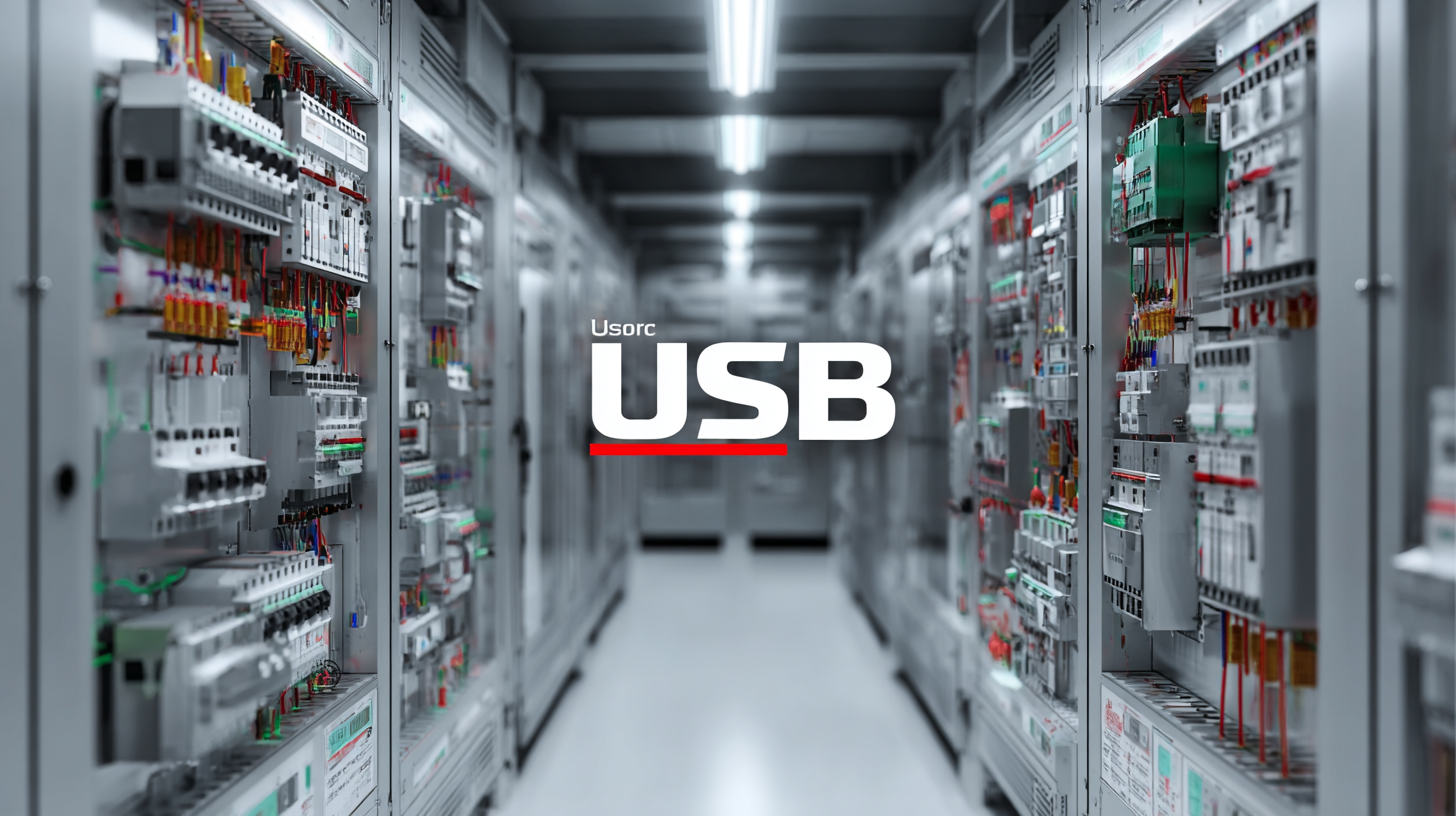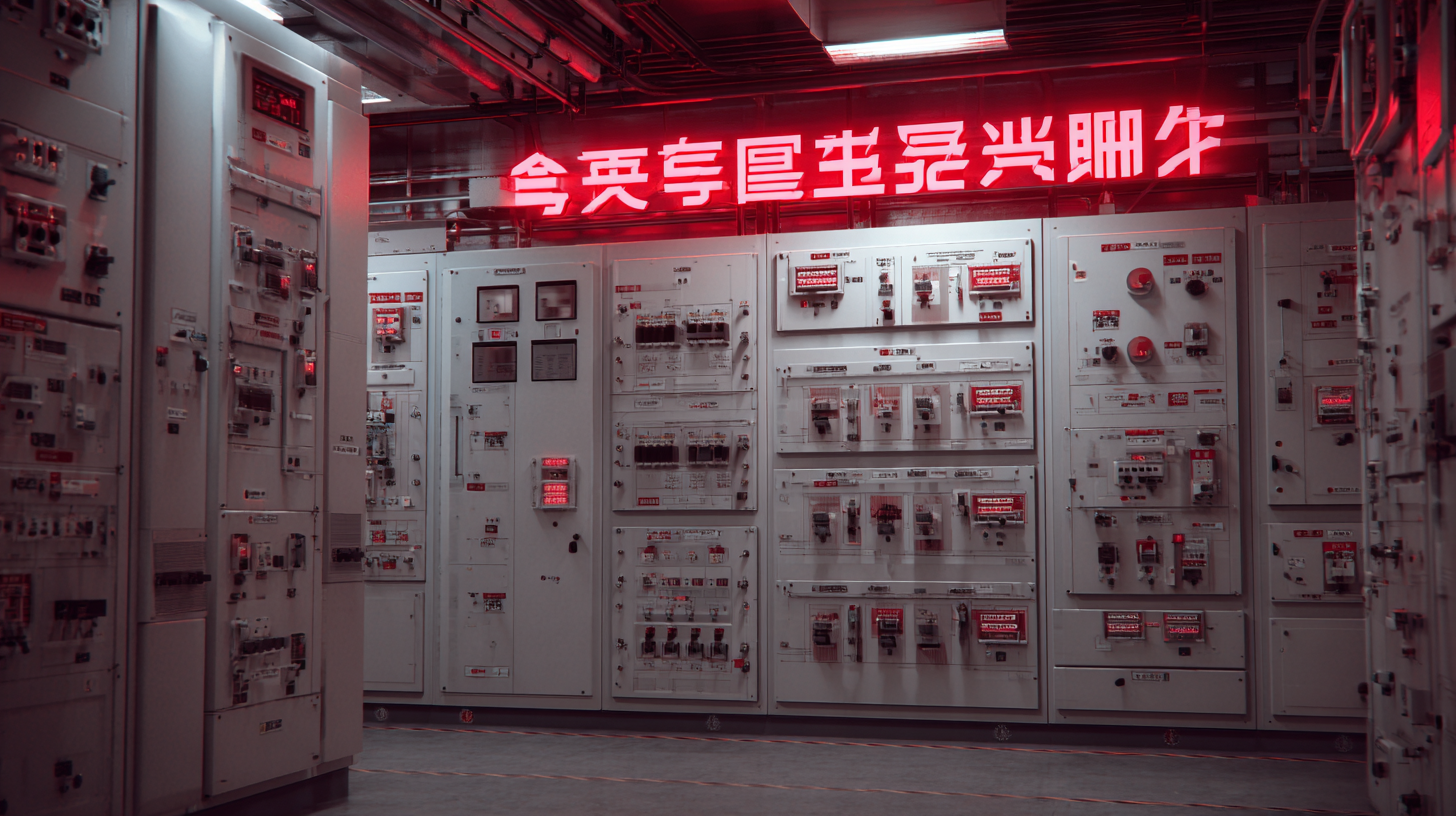Leave Your Message
-
Phone
-
E-mail
-
Whatsapp
-
Whatsapp


The busbar electrical industry faces increasingly complex challenges in maintaining global standards while ensuring optimal production efficiency. As the demand for reliable electrical distribution systems continues to rise, driven by factors such as urbanization and renewable energy integration, the global market for busbars is projected to grow at a CAGR of 6.2%, reaching approximately $38.5 billion by 2025 (Market Research Future, 2020). This growing market underscores the importance of adhering to international safety regulations and performance standards, which can vary significantly across regions.

The need for harmonization in manufacturing processes, material selection, and testing protocols is more critical than ever, as discrepancies can lead to costly inefficiencies and safety hazards. This tutorial will explore the current landscape of busbar electrical production, highlighting key challenges and effective strategies to navigate the complexities of global standards.
In the ever-evolving landscape of electrical production, understanding the regulatory frameworks governing busbar production is paramount. Busbars, which play a crucial role in electrical distribution, are subject to a variety of global standards designed to ensure safety, efficiency, and reliability. These standards vary by region, reflecting differing regulatory environments and industry practices. For manufacturers and engineers, navigating this complex web of guidelines is essential not only for compliance but also for fostering innovation in design and production practices.
A comprehensive overview of these regulatory frameworks reveals significant insights into the challenges faced by producers. For instance, standards set by organizations such as IEC (International Electrotechnical Commission) and IEEE (Institute of Electrical and Electronics Engineers) stake a claim on technical criteria, yet local regulations may impose additional requirements that complicate the compliance landscape. Furthermore, the advent of new materials and technologies in busbar production necessitates ongoing adaptation to these standards, pushing manufacturers to remain vigilant and proactive. By understanding and aligning with global standards, busbar producers can enhance their operational efficiencies and ensure that their products meet both international and local expectations for performance and safety.
| Country/Region | Standard/Regulation | Description | Compliance Level |
|---|---|---|---|
| United States | ANSI C37 | Standards for busbar design and installation | National |
| European Union | IEC 61439 | Standard for low-voltage switchgear and control gear assemblies | International |
| Canada | CSA C22.2 | Standards for electrical equipment safety | National |
| Japan | JIS C 4001 | Standards for power distribution equipment | National |
| Australia | AS/NZS 3008 | Standards for electrical installations | National |
The busbar manufacturing industry is currently navigating a complex landscape of international standards, posing significant challenges for manufacturers. As the market is poised to grow substantially, expected to reach USD 28.09 billion by 2032, adherence to these global standards becomes imperative. The need for compliance affects production processes, sourcing materials, and ensuring that products meet safety and efficiency benchmarks that differ across regions.
One of the key challenges busbar manufacturers face is the varying specifications and testing requirements imposed by different countries. This can lead to increased operational costs and longer lead times for production as companies strive to meet diverse standards. Moreover, as the European market is projected to expand to USD 7.16 billion by 2033, manufacturers in this region are particularly pressured to adopt stringent standards that promote safety and sustainability. Consequently, balancing innovation with regulatory compliance is critical for manufacturers aiming to maintain a competitive edge in an evolving market.
Quality control standards play a crucial role in determining the performance and reliability of busbars in electrical systems. According to a report by the International Electrotechnical Commission (IEC), nearly 30% of electrical failures in substations can be attributed to inadequate quality control measures during the production of busbars. This highlights the necessity for stringent standards that ensure the durability and efficiency of these critical components. Proper quality control protocols, including rigorous testing and inspections at various manufacturing stages, can significantly reduce these failure rates.
Moreover, the implementation of ISO 9001 quality management systems has shown to enhance manufacturing processes across the electrical industry. A study by the National Institute of Standards and Technology (NIST) indicates that companies adhering to these standards reported a 25% increase in the operational reliability of their electrical devices, including busbars. By adhering to established quality control standards, manufacturers can not only improve performance but also extend the lifespan of busbars, resulting in cost savings and reduced maintenance demands over time. This underscores the importance of aligning production practices with global quality standards to meet industry specifications and customer expectations effectively.

In the rapidly evolving landscape of busbar fabrication processes, innovative techniques are becoming increasingly vital in enhancing efficiency and addressing global standards challenges. Recent advancements, particularly in busbar-free designs, pose significant implications for solar module production. A novel busbar-free solar cell has emerged, reducing silver usage by an impressive 60% compared to traditional designs. This innovation not only diminishes material costs but also streamlines the manufacturing process, proving that efficiency can be achieved without compromising performance.

Moreover, the introduction of zero-busbar technology in manufacturing processes represents a paradigm shift in production methodologies. Companies are now integrating cutting-edge solutions that eliminate the conventional busbar approach, paving the way for more sustainable and cost-effective solutions in the photovoltaic industry. As these technologies gain traction, they promise to revolutionize the way solar modules are produced, ultimately leading to heightened efficiency and compliance with evolving global standards. The embrace of these innovative techniques signals a significant step toward achieving a more sustainable and efficient future in busbar electrical production.
The production of busbars, essential components in electrical systems, has seen significant advancements through the implementation of best practices. Case studies from leading manufacturers highlight how optimizing design and fabrication processes can lead to reduced costs and enhanced efficiency. In a report by the International Energy Agency (IEA), it was found that companies employing modern production techniques increased their output by up to 30%, demonstrating the critical impact of embracing innovation.
To achieve similar success, manufacturers should focus on key strategies. For instance, integrating automation in the production line can lead to greater precision and lower error rates. According to a recent industry report, businesses that adopted automated solutions reported a 25% decrease in production time.
Another important tip for best practices in busbar production is to prioritize sustainability. Utilizing eco-friendly materials not only reduces environmental impact but may also lead to cost savings over time. A study by the Global Sustainability Institute revealed that prioritizing sustainable practices can yield a 15%-20% reduction in overall operational costs. By fostering a culture of continuous improvement and adopting these best practices, companies can position themselves for long-term success in the competitive busbar market.
